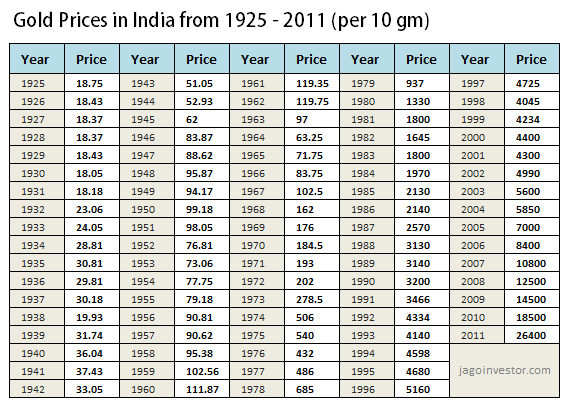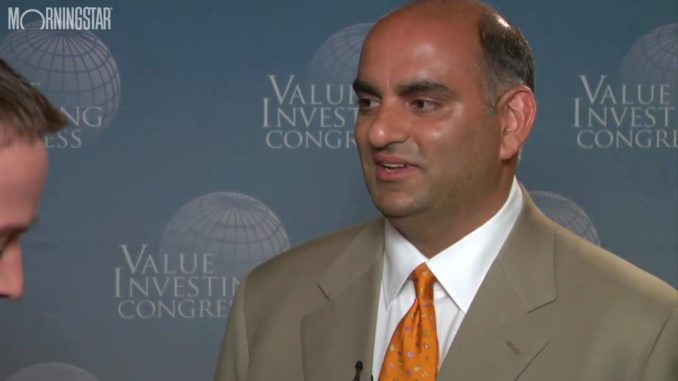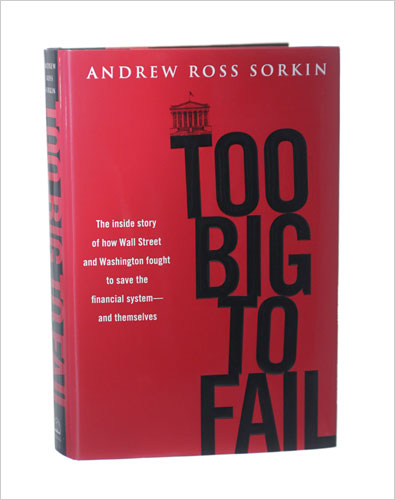
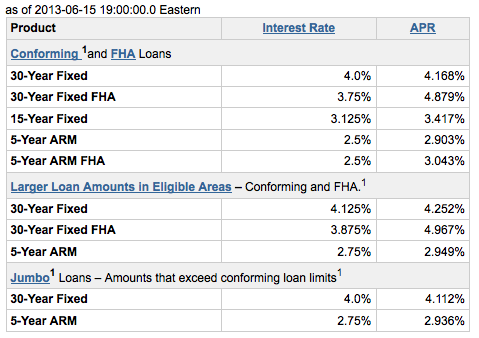
That is the very first step,” said Arvind Panagariya, Professor of Economics and the Jagdish Bhagwati Professor of Indian Political Economy in the School of International & Public Affairs , at Columbia University. Monetary economists and financial economists do work that’s just like that carried out by macroeconomists. Just upload your form 16, claim your deductions and get your acknowledgment number online. You can efile income tax return on your income from salary, house property, capital gains, business & profession and income from other sources. Further you can also file TDS returns, generate Form-16, use our Tax Calculator software, claim HRA, check refund status and generate rent receipts for Income Tax Filing. ClearTax offers taxation & financial solutions to individuals, businesses, organizations & chartered accountants in India.
Next, prepare very well for the GRE because it is a particularly important piece of information for admission committees when they evaluate foreign students. This is because education systems outside the US are not properly understood. Mathematical economics is the application of mathematical methods to represent theories and analyse problems in economics. For instance, finding out exponential development and decay inside the context of inhabitants growth, the unfold of illness, or water contamination, is significant.
The advanced courses in economics focus on applying mathematical tools to economic theories. The courses also encourage students to techniques used in analyzing economic data. Mathematical economics is an approach to economic analysis in which economists make use of mathematical techniques in analysing economic models. Mathematical economics refers to the application of mathematics to the purely theoretical aspects of economic analysis. The objective of this course is to introduce students to important mathematical tools widely used in economic literature and help them develop and solve economic models. This acts as a foundation to other field courses at higher levels in the discipline.
If you’re a 12th pass out, you can take an integrated course such as B.Com + LLB right after 12th. Integrated courses such as B.Com + LLB allow you to get two degrees together. The average remuneration of this degree is around INR 8,36,000 per year.

Economics is such an undervalued area that comes with all disciplines corresponding to math and sciences. That’s why most attorneys, politicians, and wall street executives have in depth data in this field. Many concepts in traditional economics may be expressed using basic geometric concepts or mathematical notation. However, mathematical economics frequently uses calculus and matrix algebra in economic analysis to support strong hypotheses that would be more challenging to support otherwise.
Programme Details
The body of knowledge and practice known as mathematics is derived from the contributions of thinkers throughout the ages and across the globe. It gives us a way to understand patterns, to quantify relationships, and to predict the future. Math helps us understand the world — and we use the world to understand math. Ve decision-makers and policymakers concrete, precise answers to their issues.
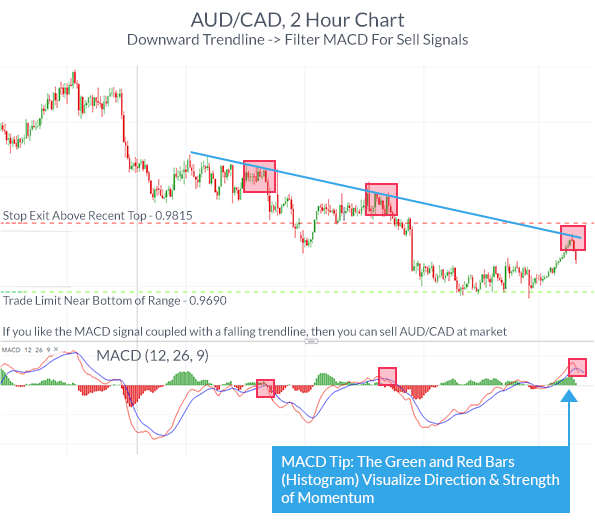
Geographic Information Systems is a set of techniques, processes, skills, software and Data, used to view and model the world from a Spatial point of view. It will focus on the fundamentals of the GIS, along with the methods of managing and processing of Spatial data. This course will cover topics such as data models, geographic data input, data manipulation and data storage, spatial analytic and modelling techniques, and error analysis. Institutional mechanisms and structures play a critical role in transforming policy rhetoric into policy outcomes. This course introduces the students to the key institutional mechanisms and structures that contribute to realization of policy goals and in turn influence the policies in India. The course will explore Indian political and administrative systems, and discuss the role and contributions of various policy tools and mechanisms employed for Planning and Policy making in India.
Monetary economists and monetary economists do work that is just like that accomplished by macroeconomists. Many economists focus on a specific area of economics, although common knowledge of primary financial rules is important. These employees examine the money and banking system and the consequences of changing rates of interest. International economists study international monetary markets, currencies and change rates, and the consequences of varied trade insurance policies similar to tariffs.
Advance your career in the field of marketing with Industry relevant free courses
The third level of educational performance in the examine of economics is application. Advances in computing power, large-data techniques, and other advanced mathematical technologies have played a major role in making quantitative methods a fundamental aspect of economics. All of these elements are supported by scientific methods which advance the study of economics. Mathematical economics refers to an economic model that uses the principles and methods of mathematics to create economic theories and to analyse economic dilemmas. Mathematics helps economists to perform quantifiable experiments and create models for predicting future economic growth. Which of the following is/are NOT appropriate for enhancing the mathematics learning in primary grade students?
What are two uses of mathematics in economics in points?
Algebra is used to make computations such as total cost and total revenue. Calculus is used to find the derivatives of utility curves, profit maximization curves and growth models. Statistics allows economists to make forecasts and determine the probability of an occurrence.
Learning to read the analog clock is the first step of time management and it is possible only because of math. In school children are taught to read both times of watching the 12-hour clock and 24-hour clock. Engineering, Medical, Pharmacy, Geography, Economics, Accountancy and all field related to science uses mathematical methods to study the subjects. Importance of MathematicsMathematics has its application in daily life such as Time -management, Finance management, Profit and loss in business, Cooking, Purchasing and selling, Consumption of electricity, and patrol.
Gaining knowledge consists of studying and remembering specific material, together with information, definitions and explanations. Mathematical economics is a model of economics that utilizes math principles and methods to create economic theories and to investigate economic quandaries. Mathematics permits economists to conduct quantifiable tests and create models to predict future economic activity. The framing of economic issues as stylised models with explicit assumptions and falsifiable predictions leads to this integration. This modelling might be informal and simple, as in Adam Smith’s The Wealth of Nations, or formal, precise, and mathematical. Formal economic models can be classed as stochastic or deterministic, as well as discrete or continuous.
India Dictionary
Maths is found everywhere in the principles of microeconomic theory and its derivatives. Besides its application in the subject, maths also enhance one’s problem solving skills. Economics, being compulsory for students of 10+1 and 10+2, brings the necessity of studying maths. Thankfully, students in India are taught more or less all these branches of maths in between primary and secondary divisions of class 8, 9 and 10.
Do you need maths in economics?
Math and statistics are used in economics, but at the undergraduate degree level, the math and statistics are certainly not overwhelming. Economics majors are usually required to take one statistics course and one math course (usually an introductory calculus course).
It will equip them with a range of approaches and established algorithms for solving common classes of problems. Common sorting and searching algorithms will be discussed, and the complexity and comparisons among these various techniques will be studied. The course takes a practical approach, focusing on coded examples and applications. This course provides students with an overview of research methodology focusing particularly on the role and process of research in the contemporary public policy context. The role and processes of gathering of evidence both for policy-making and for evaluating the impacts of policy are explored. The course aims to make students aware of the ways in which choices of methodology are closely linked to broader theoretical and conceptual issues and to familiarize them with different research methods.
Important Subjects
The career options for B.Com graduates remain nearly the same as for B.Com graduates. Data science is a superior career choice among maths students as it requires strong problem-solving skills. In the last few years, the demand for data science professionals has increased substantially. The average salary of data scientists in India is INR 8,73,310 per annum, according to PayScale. This course is administered by the Institute of Company Secretaries of India . According to PayScale, the average salary of a Company Secretary is around INR 6,01,478 per annum.
- Apart from representing, you’ll also be advising your clients on legal cases.
- Certified Financial Planner is administered and regulated under India’s Financial Planning Standards Board.
- The course aims to improve the understanding the economic behaviour of an economy.
- Math and science both are integrated and it’s amazing how we can apply the textual knowledge practically.
Budgets, Five Year Plans and NITI Aayog are important institutional mechanisms that are central to the implementation of the policy goals. In addition, the structures established through the process of decentralization allow for effective implementation of policies at the local level. In recent times, programmes run in a mission mode have been the channel to translate policies into action. This course will enable importance of mathematics in economics the student to critically examine these institutional mechanisms and structures, their characteristics, dynamics and delivery in India. It exposes students to public policy and policy research and helps them comprehend the processes of policy analysis, program evaluation, and policy recommendation/advocacy. Computational statistics utilises the advances in computational technologies to solve statistical problems.
ROLE OF MATHEMATICS IN B.A (HONS) IN ECONOMICS
These resources are necessary for formal study in both mathematical economics and modern economic theory in general. Mathematics is the only realistic technique to approach and resolve economic problems since they frequently include so many variables. Alfred Marshall claimed that every economic issue that can be measured, expressed analytically, and resolved should be handled through mathematical work. Compulsory subjects will remain the same, what creates a difference in the career options accessible to the student is the pick of optional subjects. This is not a recourse for a student from a non-fine-arts background. A Computer science or Informatics Practices student possesses more knowledge of technology and computers than any other making him more eligible for a career in the software industry.
What is the most used math in economics?
Calculus. Calculus is the most common type of math found in economics. Calculus includes the use of various formulas to measure limits, functions and derivatives. Many economists use differential calculus when measuring economic information.
This course is suitable for students who have completed the Microeconomics I course and seek to enhance their ability to rigorously analyze the discipline. This is achieved by addressing each topic with a minimum level of analytical rigour. The end-term assessment consists of an up to 2,000-word paper critically reviewing the literature on a topic covered during the course. Economics is often defined as the study of allocation of scarce resources.
It builds on knowledge acquired from elementary courses in probability and equips them to understand and apply advanced concepts to relatively more complex problems arising in diverse fields where uncertainty is a decisive factor. This course aims to build upon ‘Econometrics I’ by introducing the students to techniques of analysing time-series and panel data as well as other advanced methods. This course aims to introduce the students to the various econometric techniques as applied to cross-section data. The course begins with discussion of techniques under stringent assumptions. These assumptions are later relaxed, and the problems, tests and corresponding remedial measures are discussed.
What are two uses of mathematics in economics in points?
Algebra is used to make computations such as total cost and total revenue. Calculus is used to find the derivatives of utility curves, profit maximization curves and growth models. Statistics allows economists to make forecasts and determine the probability of an occurrence.











